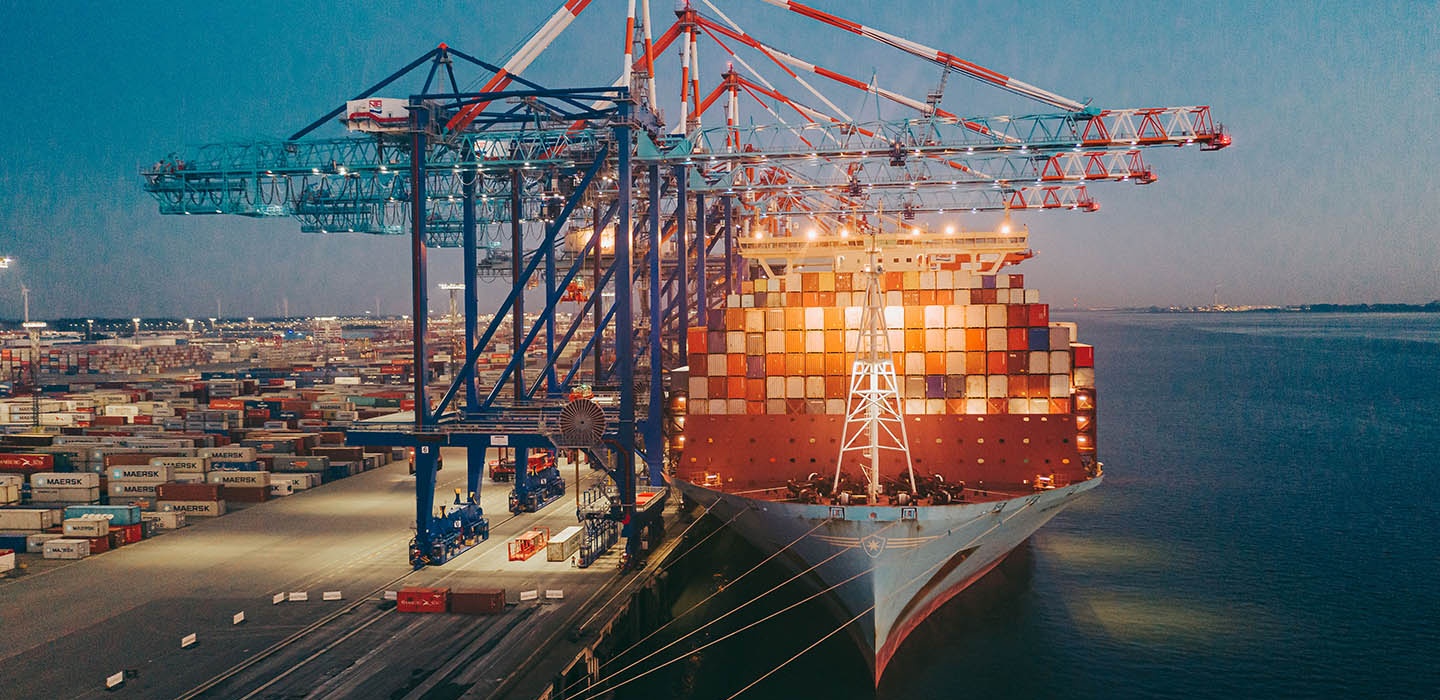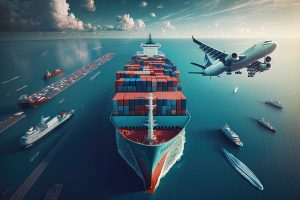
Sea freight plays a crucial role in international trade, especially when it comes to shipping goods from China. As a global manufacturing powerhouse, China has a vast network of ports and shipping routes that connect it to the rest of the world. However, understanding the cost of sea freight from China can be a complex task. In this blog post, we will delve into the factors that influence sea freight costs and provide you with valuable insights to help you navigate this intricate landscape.
- The Basics of Sea Freight:
Before we dive into the cost aspect, let's briefly cover the basics of sea freight. Sea freight involves the transportation of goods via cargo ships, which are capable of carrying large volumes of cargo across vast distances. It offers several advantages, including cost-effectiveness for bulky or heavy shipments, flexibility in terms of container sizes, and global coverage. - Factors Affecting Sea Freight Costs:
a. Distance and Route: The distance between the origin and destination ports is a significant factor in determining sea freight costs. Longer distances generally result in higher costs. Additionally, the specific shipping route chosen can also impact the overall cost, as some routes may be more efficient or have lower fees.
b. Container Type and Size: The type and size of the container used for shipping can influence the cost. Standard containers, such as 20-foot or 40-foot containers, are commonly used and tend to have lower rates compared to specialized containers like refrigerated or oversized containers.
c. Freight Class and Weight: The freight class, which categorizes goods based on their characteristics, and the weight of the cargo are crucial factors in determining sea freight costs. Heavier or bulkier shipments may incur higher charges due to the space they occupy on the vessel.
d. Fuel Prices and Market Conditions: Fluctuations in fuel prices and market conditions can impact sea freight costs. Higher fuel prices can lead to surcharges, while market conditions, such as supply and demand imbalances, can influence rates.
- Additional Charges and Fees:
Apart from the core sea freight costs, there are several additional charges and fees to consider, including:
a. Port Charges: Ports levy various charges, such as terminal handling charges, port congestion fees, and documentation fees. These charges can vary depending on the port and the services provided.
b. Customs Duties and Taxes: Import duties and taxes imposed by customs authorities need to be factored into the overall cost. These charges vary based on the type of goods and the destination country's regulations.
c. Insurance: Shippers often opt for marine cargo insurance to protect their goods against loss or damage during transit. The insurance premium is an additional cost to consider.
- Strategies to Optimize Sea Freight Costs:
a. Consolidation: Consolidating shipments with other companies can help reduce costs by sharing container space and splitting expenses.
b. Efficient Packaging: Properly packaging goods to maximize container space utilization can help reduce costs by minimizing wasted space.
c. Negotiating with Freight Forwarders: Engaging in negotiations with freight forwarders can lead to better rates and terms, especially for regular or large-volume shipments.
Conclusion:
Understanding the intricacies of sea freight costs from China is essential for businesses engaged in international trade. By considering factors such as distance, container type, weight, and additional charges, shippers can make informed decisions to optimize their sea freight expenses. Navigating the sea freight landscape requires careful planning, effective negotiation, and a deep understanding of the industry. By leveraging these insights, you can unlock the secrets of sea freight costs and gain a competitive edge in the global marketplace.


